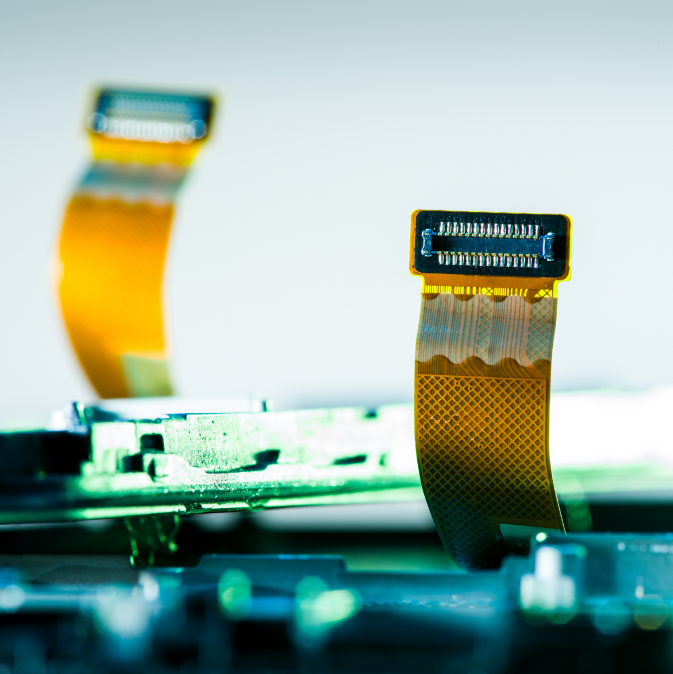In the constantly evolving world of electronics Innovation is the key to staying ahead of the technology. Manufacturers are constantly looking for new ways to transform the production of their products, because demand is growing for more compact, flexible and high-performance electronics. Manufacturing with flex circuits is one new technology that has received a lot of interest.
Flexible printed circuit boards, or Flex Circuits (PCBs) provide a host of advantages over rigid PCBs. These remarkably versatile circuits are designed to bend, twist, and conform to different shapes, making the perfect choice for applications that require intricate designs spaces, or greater durability.

Flex circuits help manufacturers expand the boundaries of design by providing an adaptable base that adjusts to the form of the device. This flexibility can lead to more inventive and smaller designs, eventually leading to smaller and lighter devices. Imagine a smartphone that seamlessly is curved around the hand. Wearable health monitor that fits discreetly around the wrist. It’s even a smart gadget that has a seamless and ergonomic design. Flex circuits enable designers and engineers to transform these visions in to reality, allowing many new product possibilities.
Flexible circuits are robust and provide more than aesthetic advantages. Traditional PCBs are susceptible to damage from vibration, shock, and repeated stretching. Flexible circuits are constructed with specialized materials which can resist these dangers. They’re therefore highly reliable even in the toughest environments. This is especially important for industries like automotive, aerospace and medical, where electronic components have to withstand extreme conditions without compromising performance.
Flex circuits are a adaptable product. The manufacturing methods used for their production can have a major impact on the quality of this. As opposed to rigid PCBs which are manufactured using multiple layers of fiberglass and copper, flex circuits are made using a thin, flexible substrate, like polyimide and polyester. The substrate forms the foundation of the circuit, allowing it to be bent or turned while retaining electrical connectivity. By leveraging advanced manufacturing processes that allow flex circuit makers to precisely trace circuit traces, include complex interconnects, as well as incorporate components directly on the flexible substrate.
Surface mount technology, commonly referred to as SMT, permits the integration of components onto flex circuits. This improves the versatility and functionality of these circuits. With SMT manufacturers can place electronic components directly onto the surface of the flex circuit, thus eliminating the requirement for bulky connectors and reducing the overall size of the gadget. This more efficient method not only improves signal integrity, it additionally reduces weight and increases thermal control.
The flex circuit manufacturing techniques can also be used to create rapid prototypes and is scalable to meet the requirements for larger quantities. The flexability of circuit designs allows for rapid iterations during the prototyping process, speeding up the product development cycle. Flex circuits can also be cost-effective for manufacturing in large quantities, as they can be produced in large quantities using automated manufacturing techniques. This makes flexible circuits a great option for companies looking to bring innovative ideas to market quickly and effectively. For more information, click flex circuit manufacturing
It is essential to be able to rely on a reliable source for flex circuits, as demand continues to increase. To ensure quality, precision and consistency in flex circuit production it is essential to work with reputable and experienced manufacturers. They have the experience to guide customers through the process of designing and manufacturing as well as provide valuable advice on material selection, and ensure the compliance of industry standards.
Flex-circuits are vital components that permit electronic systems to be built today to reach the highest possible degree of complexity. They are at the core of numerous complex systems, from consumer electronics to military applications. Flexible substrates permit engineers to create designs that are feature-rich yet still fit into compact assembly footprints. While there are many other methods to conduct circuits, they cannot be compared to the mechanical or electrical characteristics of flex assemblies that meet strict size requirements. Flexible circuits are the best option for projects that require complex interconnections, combining multiple technology into a well-designed system.
